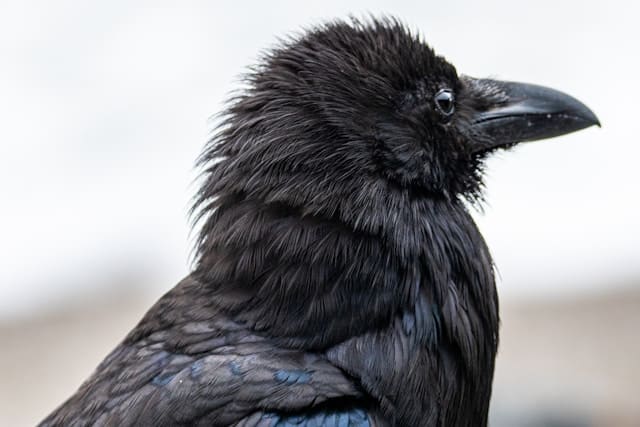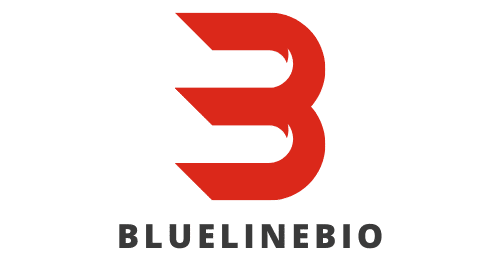How to Treat a Bird with Beak and Feather Disease at Home?

As a dedicated bird enthusiast, it’s likely you’re already aware of the complex health needs of your feathered friends. Despite their small size, birds can contract a variety of diseases, some of which can become serious if left untreated. One such disease is the Psittacine Beak and Feather Disease (PBFD), a virus that poses a significant threat to birds worldwide. In this article, we’ll delve into how to identify and treat PBFD in the comfort of your own home.
Recognizing the Symptoms of PBFD
Understanding the disease is the first step towards successful treatment. Affected birds typically display a range of signs that differ depending on the class of the bird and the stage of the disease.
Avez-vous vu cela : What Are the Best Indoor Plants That Are Safe for Cats?
The most recognisable symptoms of PBFD include uneven, short or missing feathers, beak deformities or fractures, and weight loss or poor appetite. In addition to these physical signs, a bird with PBFD may also exhibit changes in behavior such as lethargy, depression, or changes in vocalization.
A découvrir également : What’s the Best Way to Monitor a Pet’s Health Using Technology?
As your bird’s caregiver, it’s important to monitor them daily and be aware of any changes in their appearance or behavior. If you observe any of these symptoms, it’s critical to arrange a vet consultation to confirm the diagnosis. While it’s possible to treat PBFD at home, professional guidance is recommended to ensure the best chances of your bird’s recovery.
How to Treat Your Bird’s PBFD at Home
Once your bird has been diagnosed with PBFD, there are several steps you can take at home to support their recovery.
Firstly, ensure your bird is comfortable and stress-free. PBFD can affect a bird’s overall health and immune system, making them more susceptible to other illnesses. Keep them in a calm, cozy environment, away from loud noises and other potential stressors.
Next, focus on their diet. Nutritional support is crucial for a bird with PBFD. Offer a wide variety of fresh, healthy foods to ensure they receive all necessary nutrients. Consult with your vet for specific dietary recommendations for your bird’s breed.
For birds suffering from beak deformities, feeding may become a challenge. In such cases, you’ll have to provide careful assistance during feeding times. Discuss with your vet about possible ways to make feeding easier for your bird.
Preventing the Spread of PBFD
As PBFD is a highly infectious virus, it’s crucial to prevent its spread to other feathered pets in your household.
Start by isolating your infected bird from others. Having its own space can also reduce stress and promote recovery.
Next, implement strict sanitation protocols. Clean and disinfect the bird’s cage and feeding utensils regularly. Be sure to wash your hands thoroughly before and after handling the affected bird.
Finally, avoid introducing new birds to your home until your infected bird has fully recovered. PBFD can remain active in the environment for months, posing a risk to any new feathered arrivals.
Providing Ongoing Care for a Bird with PBFD
Living with PBFD is not a death sentence for your bird. With the right care and attention, many birds can live comfortably despite the disease.
Regular vet check-ups are essential. Your vet can monitor your bird’s condition and adjust the treatment plan as necessary. They can also provide advice and support to help you manage your bird’s condition at home.
Emotional support is just as important. Spend time with your bird daily to keep them mentally stimulated and engaged. Play, talk, and interact with your bird in ways they enjoy to ensure they feel loved and valued despite their condition.
Accessing Additional Resources and Support
Having a bird with PBFD can be challenging, but you’re not alone. There are many resources available to help you navigate this journey.
Online communities such as bird forums and social media groups can provide invaluable advice and support. Websites like Wikihow also offers step-by-step guides on caring for birds with PBFD.
In addition, organizations such as the Psittacine Beak and Feather Disease Foundation (PBFDF) and the Association of Bird Rescues and Rehabilitators (ABR) offer comprehensive resources on PBFD.
Remember, your bird is more than just a pet—they are a companion and member of your family. With the right treatment and care, they can continue to live a fulfilling life despite PBFD.
Managing PBFD-Related Beak Deformities
Handling beak deformities caused by PBFD can be challenging. Most birds diagnosed with PBFD experience issues such as overgrown or fractured beaks, which can make it difficult for them to eat or preen.
If your bird has an overgrown beak, a vet may recommend periodic beak trims. This should be done by a professional, as improper trimming can cause more harm than good. If the beak is fractured or severely deformed, the vet may use a splint or similar device to stabilize the beak. It is crucial to follow your vet’s instructions and maintain regular check-ups to ensure the beak is healing properly.
Sometimes, due to beak deformities, birds can face difficulty in eating. Special feeding techniques and diets can be used to help your bird eat and maintain a healthy weight. You can use a syringe to carefully hand-feed your bird or consider liquid foods that are easy for your bird to ingest. Remember, each bird is unique, and what works for one may not work for another. Always consult with your vet before making any significant changes to your bird’s diet or feeding routine.
Conclusion: Living with a Bird with PBFD
Being a caregiver to a bird with PBFD can be a challenging, yet rewarding experience. It requires patience, understanding, and a commitment to providing the best possible care for your feathered friend.
Despite the difficulties, many birds with PBFD can still enjoy a good quality of life. Regular veterinary care, a healthy diet, and a stress-free environment can significantly help manage the symptoms and improve their well-being. Ongoing emotional support is equally important. Even if their physical abilities are compromised, these birds still need interaction and engagement. They should never be treated as less or abandoned due to their condition.
There is an abundance of resources available to assist you in this journey. From online communities and forums to organizations like the Association of Bird Rescues and Rehabilitators (ABR) and the Psittacine Beak and Feather Disease Foundation (PBFDF), you can find plenty of helpful advice, support, and guidance.
Remember, your bird’s diagnosis does not define them. They are more than their disease and with your unwavering support, they can continue to live a fulfilling life. Always observe any changes in your bird’s condition and seek professional help when necessary. You are their best ally in this fight against PBFD.
